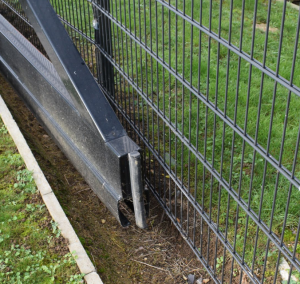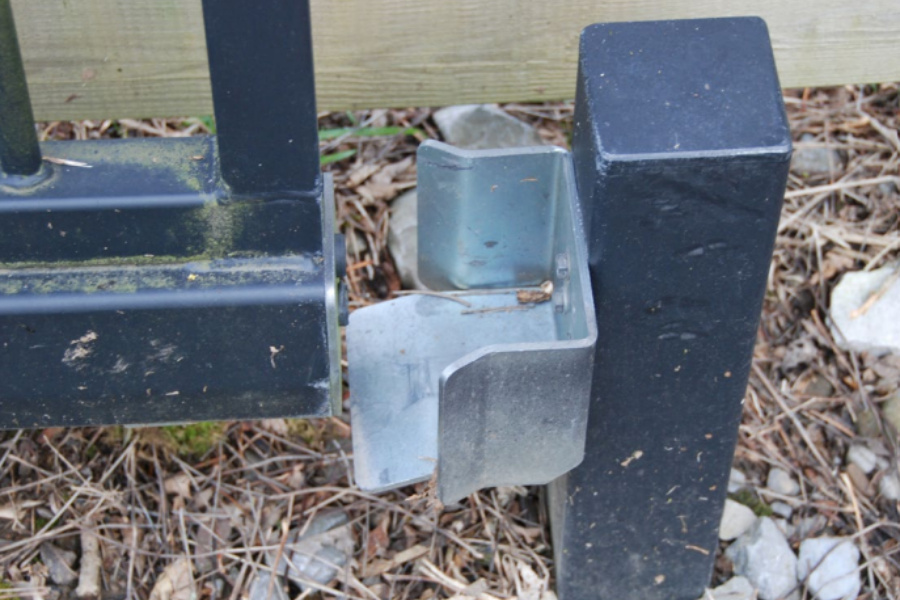There have been a number of accidents that have involved sliding gate leaves falling, notably the tragic death of Jill Lunn in April 2013 who was killed when a giant steel gate leaf toppled on her at her home near Norwich, UK.
This could very easily equally happen on a manually operated gate, or on an automated gate which has been put into manual operation. Indeed, another case involved a sliding gate in a school setting, that had been changed from an automated to manual operation, the gate over-ran and fell on a child causing a serious but thankfully not fatal injury.
With every case, it is clear that a risk assessment had either not been carried out to mitigate the risks or that there had been a failure to identify all the key risks.
In normal automatic operation most sliding gates position themselves at the open and closed positions by the use of limit switches or encoders.
However, if the limits fail for whatever reason, it is essential that the risk of the gate over travelling and falling are taken into consideration.
As is commonplace, there are a number of ways that this can be achieved. For example, you could use physical stops at either end of the travel of the gate leaf, stop posts and ground stops. Another option could be to have slam plates fitted both to the gate leaf and the support posts, that are sufficiently robust to stop the gate over travelling. This might be more appropriate for a cantilever gate where the alignment to a physical stop may not be so accurate due to the wind flexing the gate leaf. Or you could apply multiple options – a physical stop in the closed position and a second support post that supports the gate if it over travels in the opening
cycle.
In any of the options these end stops should be secured by multiple fixings and must be sufficiently robust to be capable of stopping the gate leaf – the British Standard states there should be a safety factor of 3.5 times the expected maximum load.
When the appropriate solution has been identified, the installer must be confident that by eliminating one risk they have not created a further danger, which means a return to the original risk assessment to check for any potential additional hazards.
These risks must be mitigated or if they are deemed negligible, they may be classed as residual risks that are noted as not warranting further action. Regardless of this, it’s imperative that the installer logs these actions in writing to provide a clear audit trail.
Gates found without end stops should be taken out of service until remedial works have been carried out and should be securely held in a position that ensures that no accidental movement can occur until the necessary corrections have been made.

